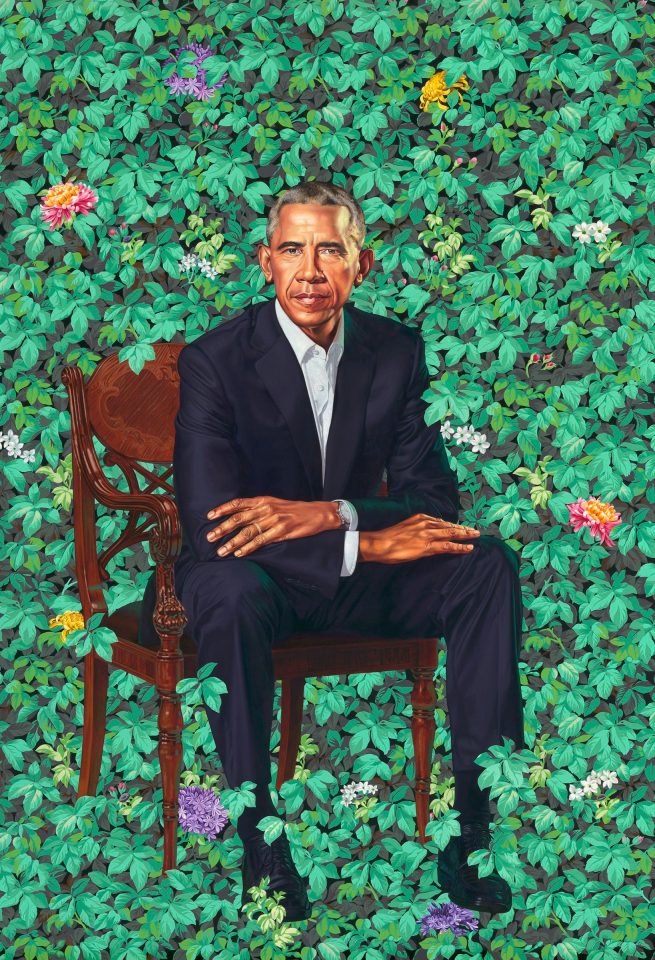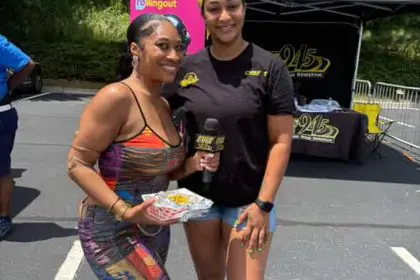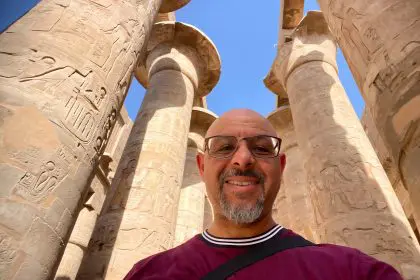
Michael Rooks is the Wieland Family Curator of Modern and Contemporary Art. He is an art curator dedicated to community building and engaging audiences across generations from every walk of life.
What were your thoughts when you first saw the Obama portraits?
I thought, “Wow, this is a radical break with the tradition of state portraiture.” Typically we think of presidential portraits or portraits of power like state power, or very laden with symbols, and they’re meant to signify this idea of power that has been part of state portraiture for centuries. So these two artists approached their work in a radically different way. For Kehinde Wiley, he invented a mode of painting where he would appropriate art historical images and insert within them images of young Black men and women to fill the role of the subjects in the paintings. Amy Sherald made portraits of people as in a way of symbols. She knew friends and would situate them in her paintings in order to give them a kind of humanity, dignity and pride.
How do you interpret Obama’s pose in this portrait?
The pose of the president in my interpretation of the painting is the pose of a contemplative thinker, of a philosopher, seated. Think of other art historical images, like Rodin’s “The Thinker,” or even in the National Portrait Gallery’s collection image of Abraham Lincoln, another former senator from Illinois, who was elected president, who was seated and thinking. That’s what this painting to me conveys that here we have a president who is a man of action, but a man of thought, first. His hands are folded on his lap, but there’s a great potential that you see in his hands as they’re are folded across his lap, that suggests this individual used his power through his intellect and also his humanity.
Continue reading on the next page.
















